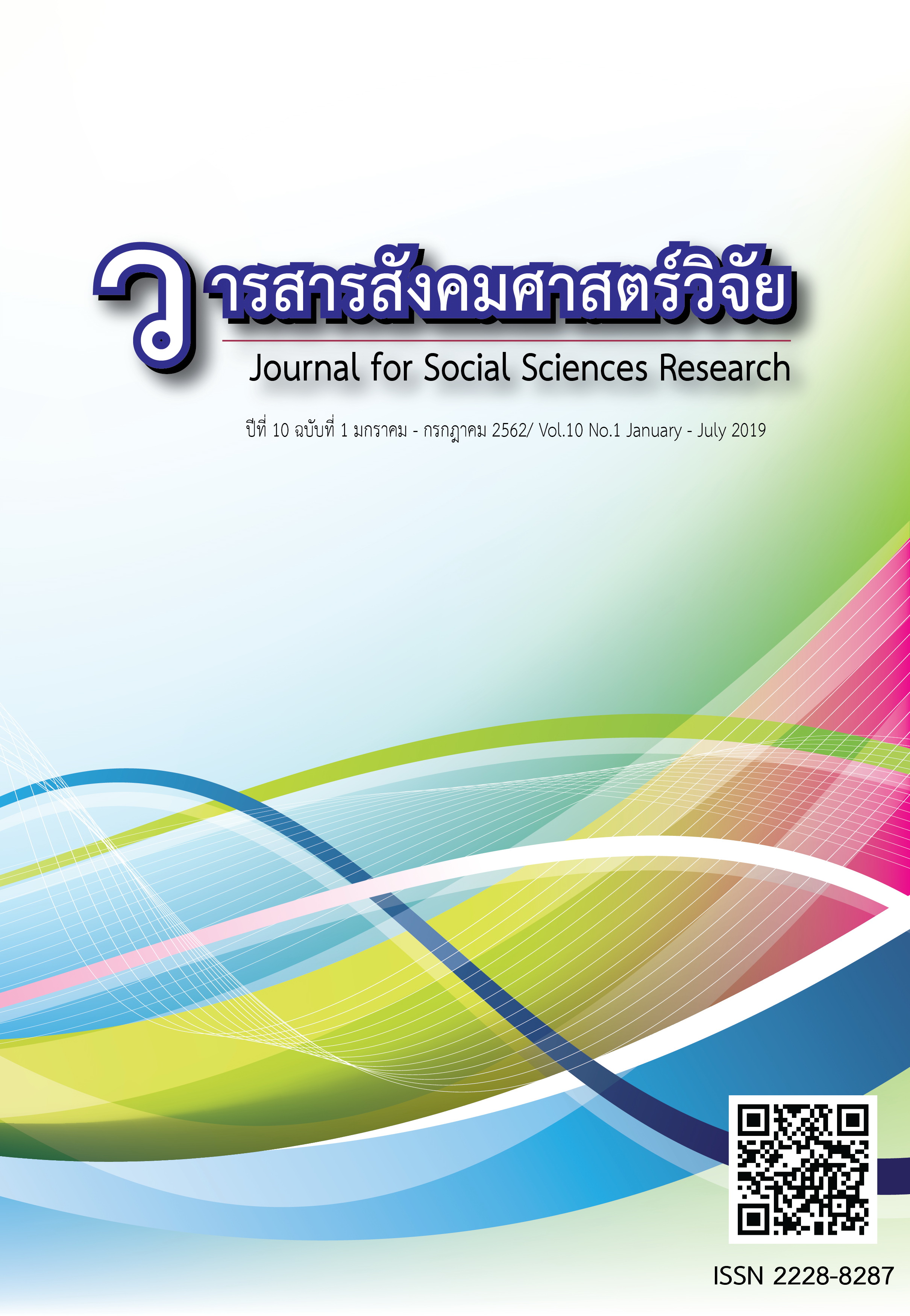EXPOSURE, USES AND GRATIFICATIONS TOWARDS YANNAWA TEMPLE’S DHAMMA PRATEEP SERIES ON ONLINE MEDIA
Main Article Content
Abstract
The objectives of this research were to study: 1) the media exposure behavior of the audience and their satisfaction with online communication channel, content, presentation format, and delivery method of Phra Thammakateuk of Wat Yannawa’s Dhammabateep Program; 2) the extent to which viewers learned Buddhist teachings from the program that they could apply for self-development; 3) the extent to which they utilized that knowledge for self-development; 4) the relationship between demographic factors and media exposure behavior with learning of Buddhist teachings from the program that viewers could apply for self- development; and 5) the relationship between the viewers’ satisfaction towards online communication channel, content, presentation format, and delivery method of Phra Thammakateuk with their application of learning of Buddhist teachings for self-development.
This study was a survey research. The sample was 400 audience who watched Wat Yannawa’s Dhammabateep Program online. The sample was derived by systematic random sampling. Data were collected using a questionnaire and an online survey. The statistics used were frequency, percentage, mean, standard deviation, chi square, t-test, ANOVA and Pearson’s correlated coefficient.
The results showed that: 1) most of the sample watched the Dhammabateep program online once a week during the time period 12:01-18:00. They paid fully attention to the program and didn’t do anything while watching. They normally watched at home or residence for one hour at a time. The viewers were satisfied with the online communication channel, content, presentation format, and delivery method of Phra Thammakateuk at a high level. The viewers were satisfied with Phra Thammakateuk’s delivery method with the highest average. 2) The viewers learned Buddhist teachings from the program that they could apply for self-development at a high level. 3) The viewers reported utilized the knowledge they learned from the program for self-development at a high level. 4) The differences in demographic factors and media exposure behavior were related to differences in extent of learning Buddhist teachings that viewers could apply for self-development with a statistically significant level at .05. 5) The viewers’ satisfaction with the online communication channel, content, presentation format, and delivery method of Phra Thammakateuk were related to the extent to which the viewers’ their applied learning of Buddhist teachings for self-development with a statistically significant level at .05.
Article Details
บทความที่ได้รับการตีพิมพ์เป็นลิขสิทธิ์ของมหาวิทยาลัยราชภัฏนครปฐม
เนื้อหาของแต่ละบทความเป็นทัศนะของผู้เขียน ซึ่งที่ปรึกษา บรรณาธิการ กองบรรณาธิการ และคณะกรรมการบริหารวารสารไม่จำเป็นต้องเห็นด้วย หรือร่วมรับผิดชอบใดๆ


